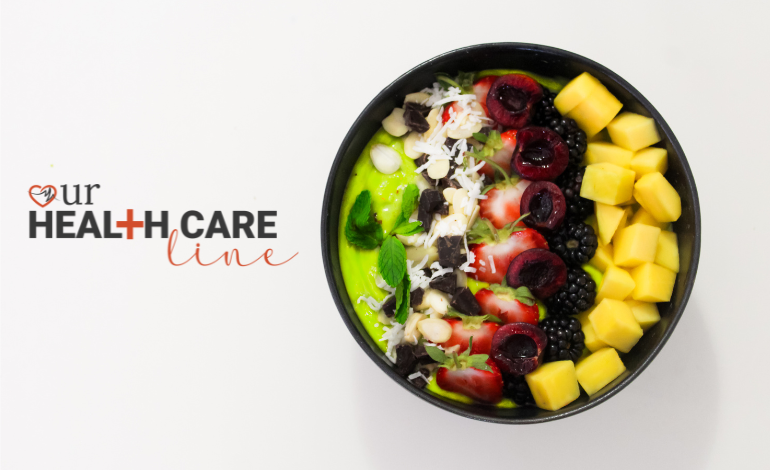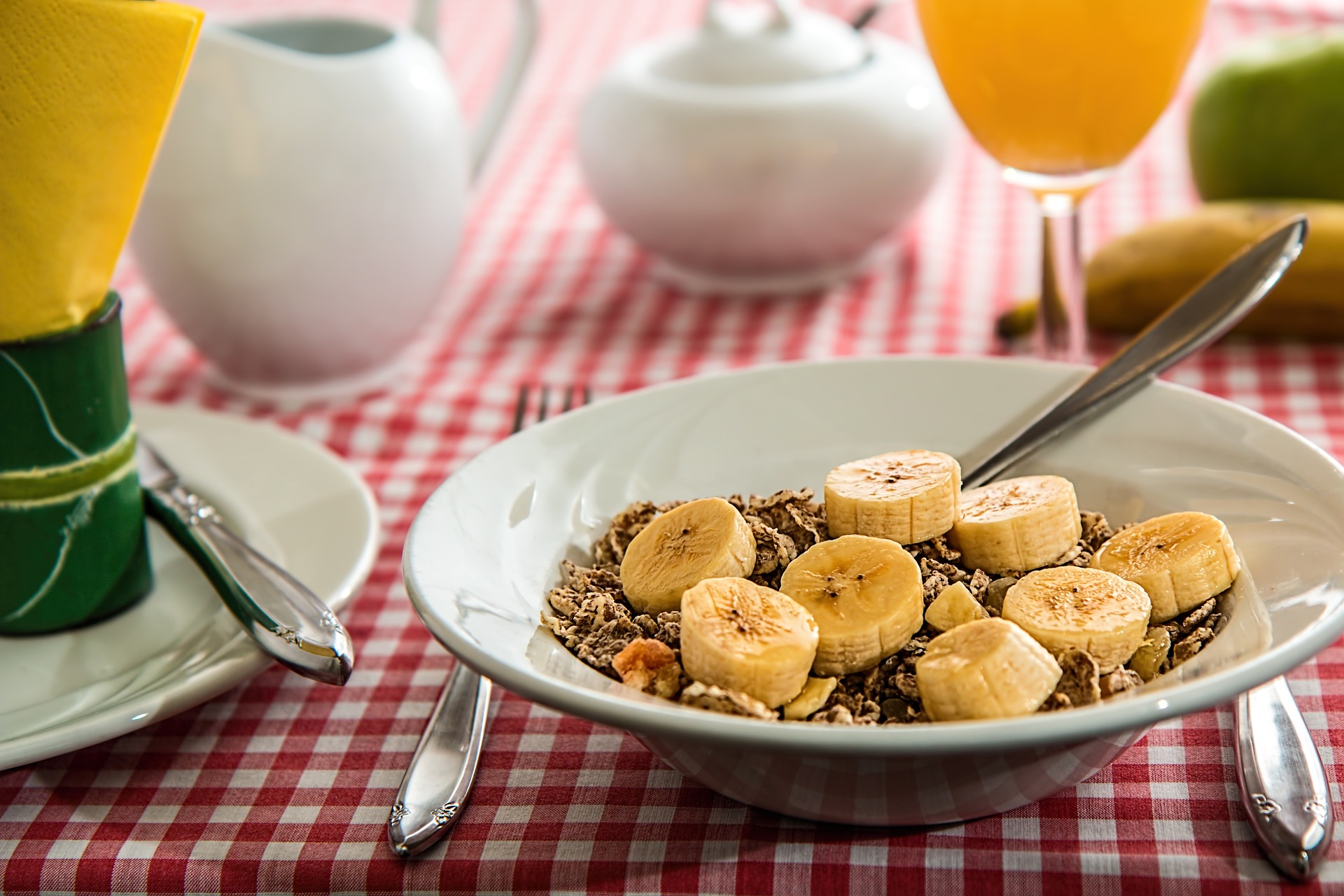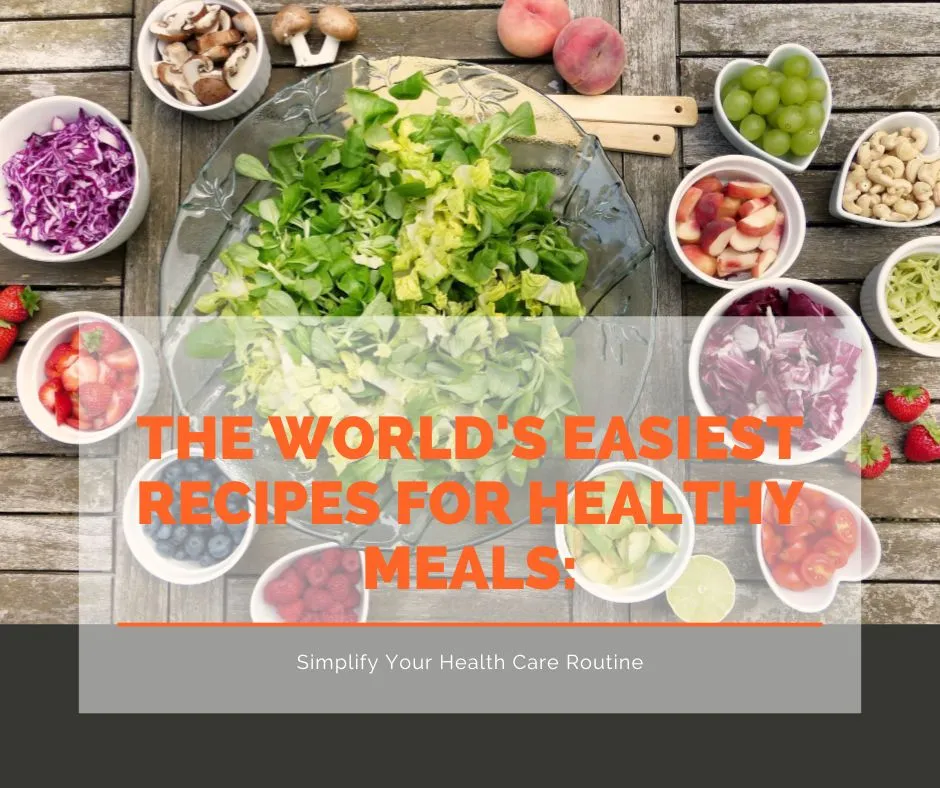
Eat Well for Less Recipes: Delicious and Budget-Friendly Meals
Table of Contents
Are you tired of sacrificing taste and nutrition for the sake of your wallet? Look no further! In this blog, we’ll explore a variety of mouthwatering recipes that prove you can eat well without breaking the bank. From hearty breakfasts to satisfying dinners, we’ve got you covered with cost-effective, flavorful options that will delight your taste buds and your budget. Massive details of Eat Well for Less Recipes are given to read and follow.
Introduction
In today’s fast-paced world, eating well and saving money can seem like conflicting goals. However, with the right strategies and recipes, you can savor delectable dishes without blowing your budget. Let’s embark on a culinary journey filled with affordable yet scrumptious options that will transform your perception of budget cooking.
The Art of Budget Cooking
Cooking on a budget is not just about making do with limited resources; it’s a creative and resourceful approach to preparing meals that are both cost-effective and incredibly delicious. It’s about finding innovative ways to make the most of what you have without compromising on flavor or nutrition. The key lies in making intelligent choices when it comes to ingredients and employing simple yet effective cooking techniques.
Smart ingredient choices involve selecting affordable staples that form the foundation of your dishes. For instance, opting for budget-friendly proteins like beans, lentils, or chicken thighs instead of pricier cuts of meat. Incorporating seasonal vegetables and fruits not only adds nutritional value but also saves money. Additionally, utilizing pantry staples like rice, pasta, and canned goods can help stretch your meals without straining your budget.
Simple cooking techniques come into play to elevate these ingredients. Roasting, sautéing, and steaming are all easy and versatile methods that can turn basic ingredients into flavorful masterpieces. By experimenting with herbs, spices, and condiments, you can enhance the taste of your dishes without spending extra money.
In the following sections, we’ll delve into various meal ideas that exemplify the perfect balance between flavor and affordability. Through these Eat Well for Less Recipes, you’ll discover how creativity and resourcefulness can transform ordinary ingredients into extraordinary dishes that satisfy both your taste buds and your wallet.
-
Breakfast Bonanza
Starting your day with a nutritious and energizing breakfast doesn’t have to cost a fortune. In the “Breakfast Bonanza” section, we explore a variety of wallet-friendly morning options that will help you kickstart your day on the right foot.
Hearty oatmeal bowls, for example, serve as a blank canvas for a multitude of toppings. Fresh fruits, such as bananas, berries, and apples, are not only affordable but also add natural sweetness and vitamins. Fluffy scrambled eggs can be paired with budget-friendly veggies like bell peppers, onions, and spinach to create a satisfying and protein-packed breakfast.
These options showcase that a nourishing breakfast doesn’t have to drain your wallet. By incorporating a mix of grains, proteins, and fresh produce, you can enjoy a breakfast that’s as delightful for your taste buds as it is for your budget.
-
Lunchtime Delights
Say goodbye to lackluster desk lunches and embrace the world of “Lunchtime Delights.” This section focuses on preparing delicious midday meals that are both satisfying and cost-effective.
Hearty salads take center stage, featuring a medley of greens, vegetables, and proteins. By using seasonal and locally sourced ingredients, you can create vibrant salads that burst with flavors and nutrients. Flavorful wraps offer another option, where tortillas or flatbreads envelop an array of fillings like lean meats, beans, and crunchy vegetables.
The beauty of these lunchtime delights lies in their versatility and make-ahead nature. Preparing these meals in advance ensures that you have a wholesome and tasty lunch waiting for you, saving you the time and expense of eating out. This approach not only supports your budget but also promotes healthier eating habits.
-
Dinnertime Magic
Dinnertime is when the true magic of budget cooking comes to life. This section showcases a variety of dinner ideas that highlight the art of transforming affordable ingredients into gourmet-worthy dishes.
One-pot wonders, such as hearty stews and casseroles, are a budget cook’s best friend. These dishes combine a mix of ingredients in a single pot, allowing flavors to meld and develop. Skillet sensations feature quick and easy meals that are cooked in a single pan, minimizing cleanup and maximizing flavor. Slow-cooker marvels take advantage of the “set it and forget it” approach, turning budget-friendly ingredients into tender and flavorful masterpieces.
From comforting pasta dishes to savory stir-fries, these recipes demonstrate that a satisfying evening meal doesn’t require extravagant spending. With a dash of creativity and a pinch of culinary know-how, you can create dinnertime magic that pleases both your palate and your wallet. that’s the reason for educating about Eat Well for Less Recipes.

Smart Shopping Tips
When it comes to budget-conscious grocery shopping, a strategic approach can make all the difference. These smart shopping tips will help you make the most of your trips to the grocery store while keeping your budget intact.
- Buying in Bulk: Purchasing items in bulk can significantly lower their unit cost. Staples like grains, legumes, and pantry essentials are great candidates for bulk buying. Not only does this save money, but it also reduces packaging waste.
- Sales and Discounts: Keep an eye out for sales, promotions, and discounts. Planning your shopping around these deals allows you to get more for your money. Consider stocking up on non-perishables when they’re on sale.
- Seasonal and Local Produce: Opt for seasonal and locally sourced produce, as they tend to be more affordable and fresher. Farmers’ markets can be excellent places to find budget-friendly fruits and vegetables.
- Store Brands: Store-brand or generic products are often more affordable than name-brand items. They can be of comparable quality and offer significant savings.
- Compare Prices: Take the time to compare prices, especially for items you buy regularly. Sometimes, different brands or package sizes can have a big impact on your overall spending.
- Plan Ahead: Create a shopping list before heading to the store and stick to it. Planning your meals for the week and listing the ingredients you need helps you avoid impulse purchases and stay on budget.
Go Through: Exploring the Care and Ageing Well Expo in Melbourne
Meal Planning for Savings
Meal planning is a powerful tool for eating well on a budget. By dedicating time to plan your meals in advance, you can achieve savings in both money and time.
- Batch Cooking: Prepare larger quantities of meals and ingredients that can be used in multiple dishes throughout the week. This minimizes waste and ensures that you have ready-made components for quick meals.
- Repurposing Leftovers: Get creative with leftovers by transforming them into new dishes. For example, last night’s roasted chicken can become today’s chicken salad, and extra cooked vegetables can be incorporated into a stir-fry.
- Portion Control: Plan your portions carefully to avoid overcooking and wasting food. Cooking just enough for your planned meals helps prevent excess and ensures that you use what you prepare.
- Less Dining Out: Knowing your meals in advance reduces the temptation to dine out impulsively, which can quickly add up in expenses. Your planned meals will be ready and waiting.

Cooking in Batches: A Money-Saving Marvel
Cooking in batches is a time-tested technique that offers substantial savings in both money and effort.
- Prepare More, Save More: When you cook in larger quantities, you often save money per serving. Ingredients can be more efficiently used, and cooking once means less energy consumption.
- Freezing for Future: Portion out your cooked meals into individual servings and freeze them. This provides you with easy-to-reheat options for busy days, reducing the likelihood of ordering takeout.
- Reducing Waste: Batch cooking allows you to use up ingredients that might otherwise go to waste. Plus, by having meals prepared, you’re less likely to let perishables spoil.
Fresh vs. Frozen: Which Is More Affordable?
The debate between fresh and frozen ingredients isn’t just about taste, it’s also about cost-effectiveness.
- Fresh Perishability: While fresh produce can be delicious, it often has a shorter shelf life. This can lead to waste if not consumed promptly.
- Frozen Longevity: Frozen fruits and vegetables are often flash-frozen at their peak freshness, locking in nutrients. They can be a more cost-effective option, especially for items that aren’t in season.
- Balancing Act: Consider a mix of fresh and frozen ingredients. Use fresh produce when it’s at its best and supplement with frozen options to save money and reduce waste.
Reducing Food Waste, Maximizing Savings
Minimizing food waste isn’t just environmentally responsible, it’s also a practical way to save money.
- Repurpose Leftovers: Turn leftovers into new dishes. Roast vegetables can become soup, and cooked meats can be used in sandwiches or salads.
- Freeze Excess: If you have ingredients that won’t be used immediately, freeze them for later. This prevents spoilage and ensures you always have key ingredients on hand.
- Meal Prep: Plan meals to utilize ingredients before they go bad. Prep ingredients in advance so you’re more likely to use them in your cooking.
Flavorful Herbs and Spices on a Budget
Herbs and spices are budget-friendly ways to add excitement to your dishes.
- Affordable Staples: Basic herbs like basil, thyme, and oregano, as well as common spices like paprika and cumin, are inexpensive and versatile.
- Dried vs. Fresh: While fresh herbs can be pricey, dried herbs offer great flavor for a fraction of the cost. They also have a longer shelf life.
- DIY Blends: Create your spice blends by mixing individual spices. This is often more cost-effective than buying pre-made blends.
Inexpensive Proteins, Unforgettable Meals
Proteins don’t have to strain your budget; there are plenty of affordable options that still create satisfying meals.
- Beans and Legumes: These plant-based proteins are not only budget-friendly but also packed with fiber and nutrients. Incorporate them into soups, stews, and salads.
- Budget Cuts of Meat: Look beyond premium cuts and opt for budget-friendly options like chicken thighs, drumsticks, and ground meat. Slow cooking can tenderize tougher cuts.
- Frozen Seafood: Frozen seafood can be more affordable than fresh options, and they’re just as nutritious. Incorporate them into pasta dishes, stir-fries, and more.
By embracing these smart shopping and cooking strategies, you’ll not only enjoy delicious and wholesome meals but also keep your wallet happy. With a little planning, creativity, and resourcefulness, eating well on a budget becomes an achievable and enjoyable endeavor.

Conclusion
Eating well for less is not only achievable but also incredibly enjoyable. By embracing the art of budget cooking and exploring the myriad of affordable and delicious Eat Well for Less Recipes available, you can nourish your body and indulge your taste buds without straining your finances. So why wait? It’s time to embark on a culinary adventure that proves you can savor every bite while staying within your budgetary boundaries.
Check Out: Fitness for Work Assessment Checklist
FAQs
Q1. Can I really eat well without spending a lot of money?
Absolutely! This article has provided numerous budget-friendly recipes and tips to help you enjoy delicious meals without overspending.
Q2. How can I make the most of ingredients to avoid waste?
Reducing food waste is easier than you think. Check out the section on minimizing food waste for creative ideas.
Q3. Are frozen vegetables as nutritious as fresh ones?
Yes, frozen vegetables can be just as nutritious as fresh ones, and they often come at a lower cost.
Q4. Is meal planning time-consuming?
Meal planning might take a bit of initial effort, but it ultimately saves you time and money throughout the week.
Q5. Where can I find more budget-friendly recipes?
You can find a plethora of budget-friendly recipes online, in cookbooks, and even through cooking apps. Explore and get creative!




